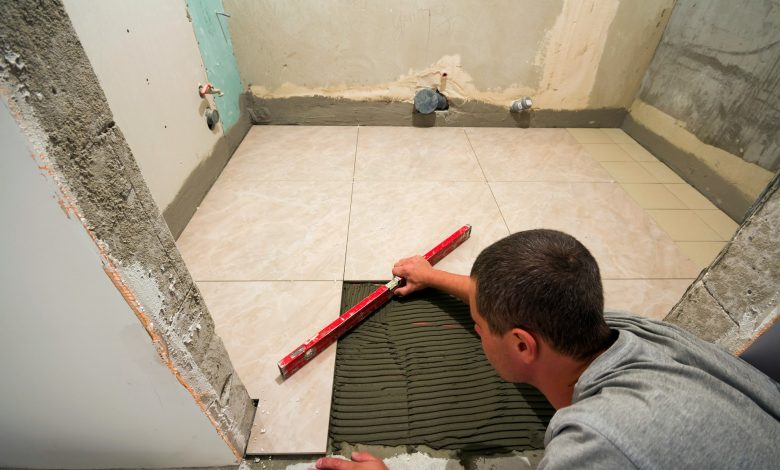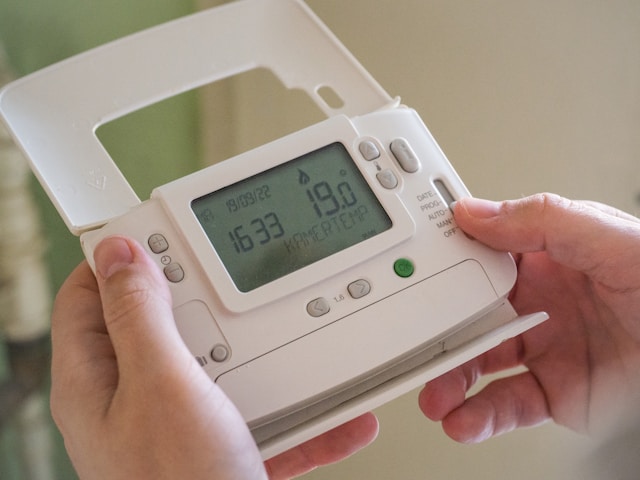Exploring the Difference Between Wet and Electric Underfloor Heating

Introduction
Underfloor heating has become a popular choice for homeowners seeking efficient and comfortable heating solutions. Two primary types of underfloor heating systems are wet and electric. In this article, we’ll delve into the differences between these systems to help you make an informed decision for your home.
How Wet Underfloor Heating Works
Wet underfloor heating operates by circulating warm water through a network of pipes installed beneath the floor. These pipes, typically embedded within a screed layer, emit radiant heat, providing consistent warmth throughout the room. The installation process involves laying out the pipes and connecting them to a central manifold, which controls the flow and temperature of the water. Wet underfloor heating is known for its efficiency and ability to heat larger areas effectively.

Benefits of Wet Underfloor Heating
- Energy Efficiency: Wet underfloor heating systems operate at lower temperatures than traditional radiators, resulting in reduced energy consumption and lower heating bills.
- Comfort: The radiant heat emitted by wet underfloor heating systems creates a comfortable and consistent temperature throughout the room, with no cold spots or drafts.
- Space-saving: Without the need for bulky radiators, wet underfloor heating frees up valuable wall and floor space, allowing for greater flexibility in room design.
How Electric Underfloor Heating Works
Electric underfloor heating relies on electric heating elements installed beneath the floor’s surface. These heating elements generate heat when electricity passes through them, warming the floor above. Electric underfloor heating systems are typically easier and quicker to install compared to wet systems, making them a popular choice for smaller areas or retrofit projects.
Benefits of Electric Underfloor Heating
- Ease of Installation: Electric underfloor heating systems require no pipework or central manifold, making them easier and quicker to install, particularly in existing properties.
- Zoned Heating: Electric underfloor heating systems can be divided into zones, allowing for independent temperature control in different areas of the home.
- Suitability for Renovations: Electric underfloor heating is often preferred for retrofit projects or areas where installing wet systems may be impractical or cost-prohibitive.
Comparison of Wet and Electric Underfloor Heating
When deciding between wet and electric underfloor heating, several factors should be considered:
- Energy Efficiency: Wet systems are generally more energy-efficient than electric systems, particularly for larger areas.
- Installation Complexity: Wet systems require more extensive installation, including laying pipes and connecting to a central manifold, whereas electric systems are simpler and quicker to install.
- Cost Considerations: While electric systems may have lower upfront costs, wet systems offer long-term savings through lower energy consumption.
- Suitability for Floor Types: Wet systems are compatible with most floor coverings, whereas electric systems may be limited by floor type and thickness.

Conclusion
In conclusion, both wet and electric underfloor heating systems offer unique benefits and considerations. Wet systems excel in energy efficiency and suitability for larger areas, while electric systems are easier to install and more flexible for retrofit projects. Ultimately, the choice between wet and electric underfloor heating depends on factors such as energy efficiency goals, budget, and the specific requirements of your home. By understanding the differences between these systems, you can make an informed decision to create a warm and comfortable living environment in your home.




